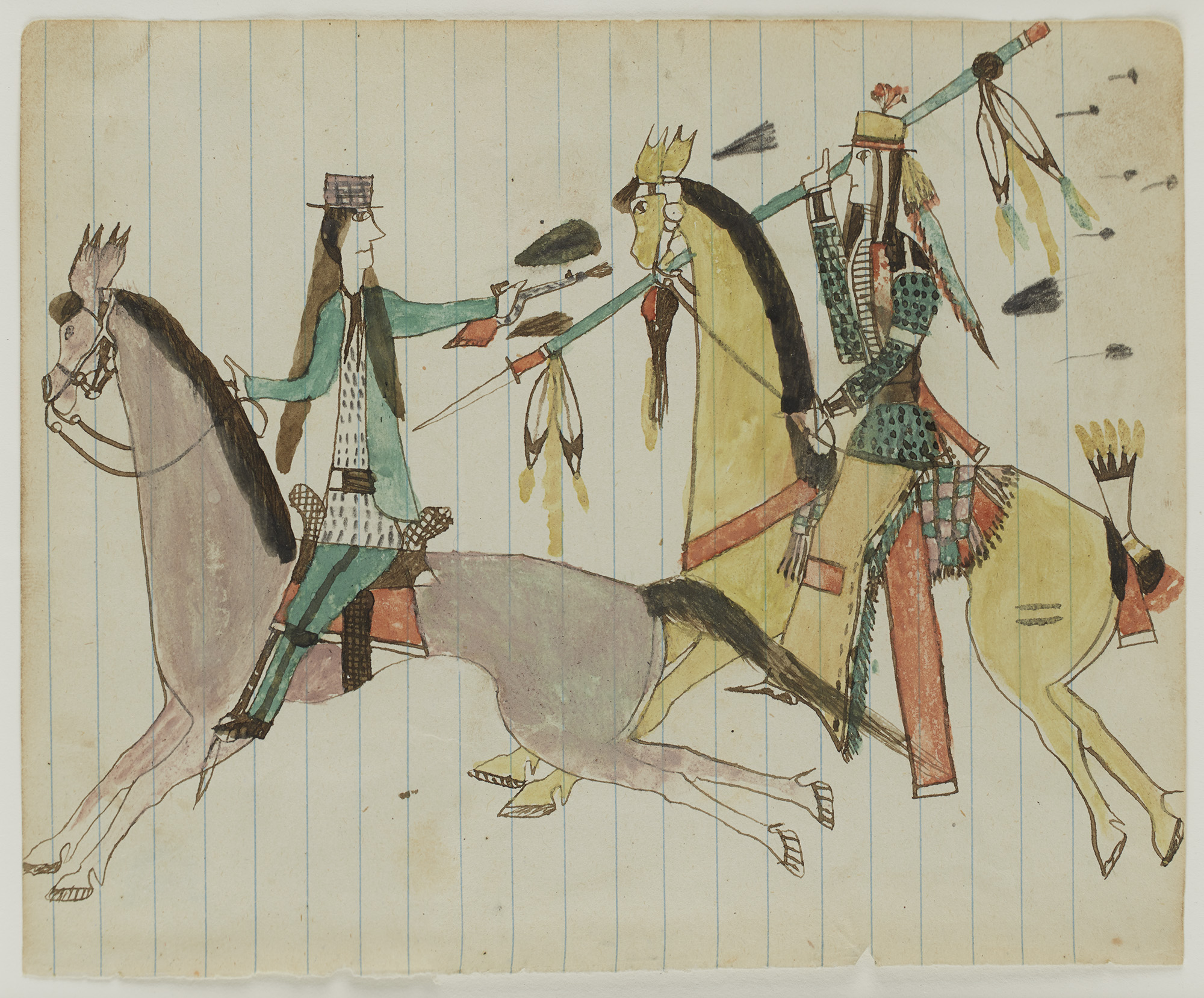
Would freedom truly be a concept in our minds, if it were not for the threat of being incarcerated? The history of incarceration traces all the way back to the near beginnings of human civilization, yet the creativity spawned by its punitive cruelty remains at the fringes of our cultural society. “The Pencil Is a Key,” an expansive exhibition on view at The Drawing Center in New York, aims to uncover the breadth of art making within the context of imprisonment. Its scope is astoundingly far reaching—encompassing over 140 drawings created by self-identified artists over the past two hundred some years, in many far corners of the planet.
Beginning with the French Romanticist Hubert Robert’s drawing created out of Paris’s Saint-Lazare Prison in 1794, the exhibition is, in many ways, a testament to mankind’s innate inclinations towards perseverance even in the face of tremendous despair. The curators’ expressed intent to formally present these drawings as artworks in their own right is certainly admirable, but the harrowing contexts that they were birthed out of are difficult to ignore. Although the aesthetics and subject matters vary immensely, each of the works on view exude a palpable agony that speaks to the fears and yearnings shared universally by human beings.
Among the array on view, quite a few stood out. There were the ledger drawings of Howling Wolf—a Southern Cheyenne artist who was incarcerated in 1875 for resisting the American conquest of indigenous lands—which depicted cartoonish scenes of warfare. In one, a white settler points a pistol at a Southern Plains nation warrior charging towards him amid a slew of flying arrowheads. On an adjacent wall, a quartet of works by Halina Olomucki, dated between 1939 and 1942, render the artist’s fellow Holocaust prisoners with lines that barely register as figurative. Their partial abstraction alludes to horrors that should never have been fathomed, let alone witnessed. Moving closer to the contemporary era, Ángel Delgado’s outlines and self-invented hieroglyphs illustrate the six months that the artist spent in a prison in 1990, for the crime of defecating on the Cuban Communist Party’s official newspaper as part of a performance piece.
“The Pencil Is a Key” illuminates many of the darkest chapters of our global history over the past two centuries—including the United States’ ever worsening use of mass incarceration, the ongoing detainment of uncharged individuals at Guantanamo Bay, and the violent stifling of dissent around the world. As a whole, these works powerfully portray both the inhumane circumstances of life behind bars, as well as what it means to grapple with the concept of freedom when it is knowingly out of reach.



